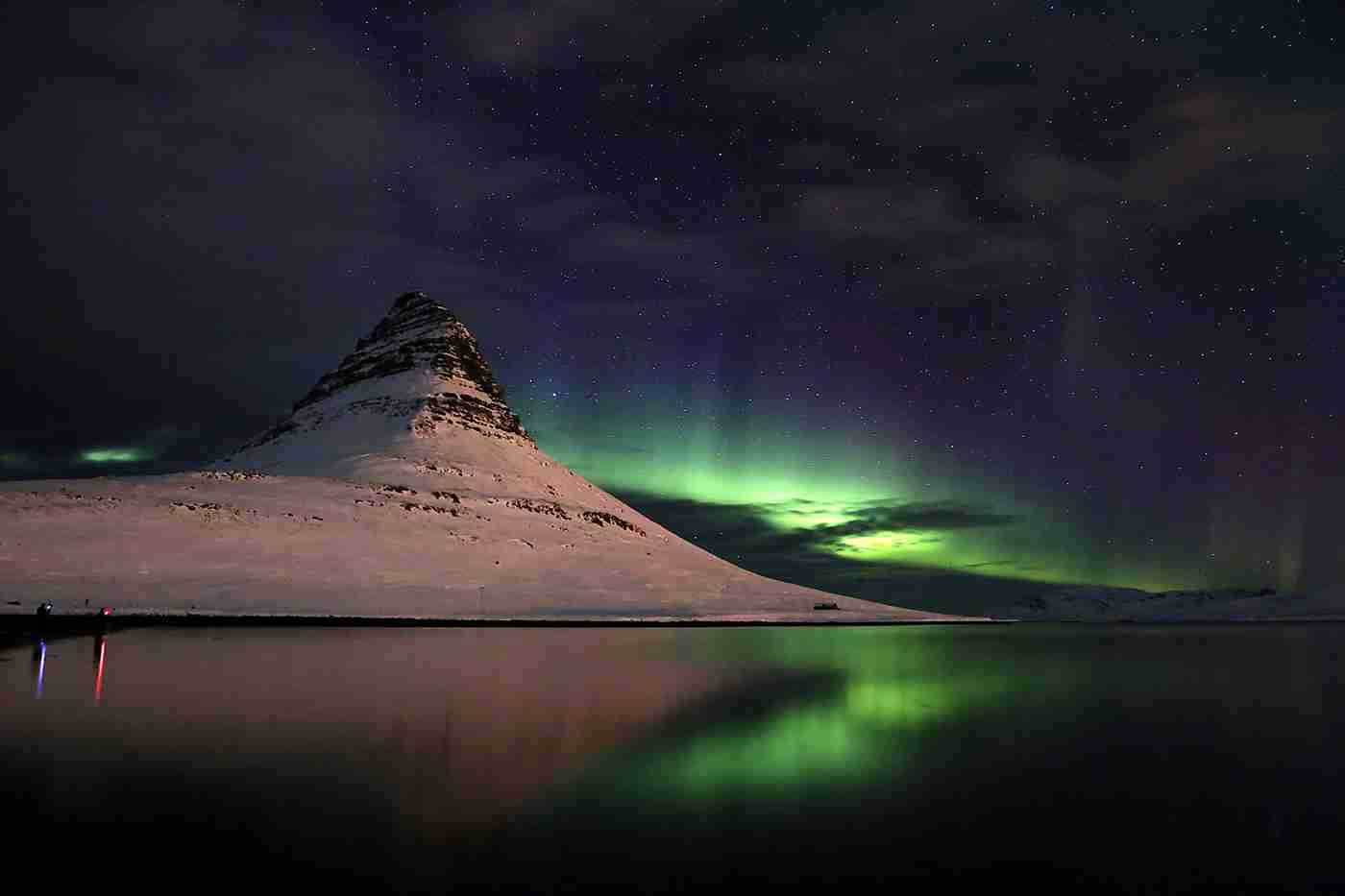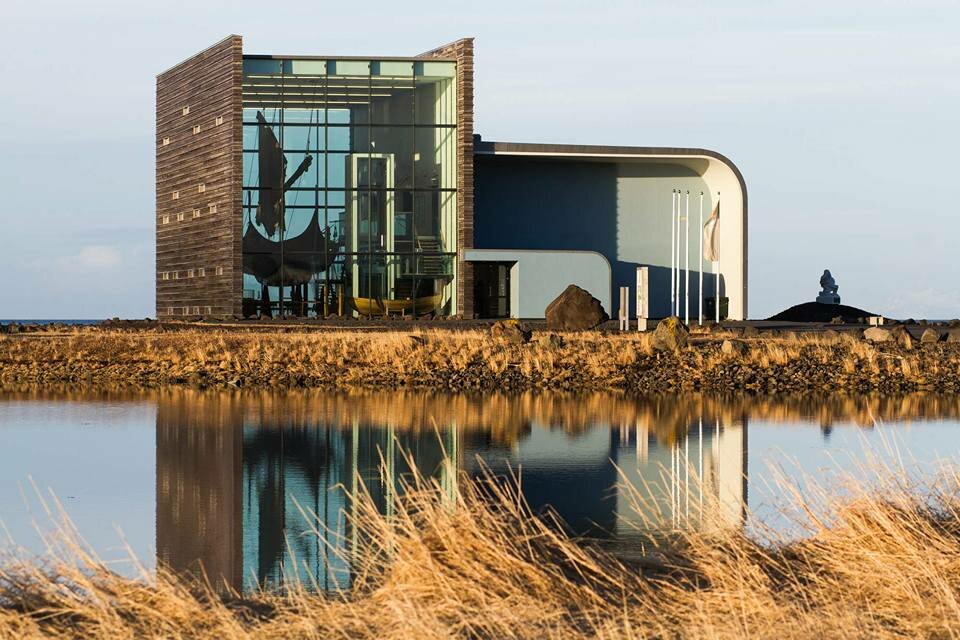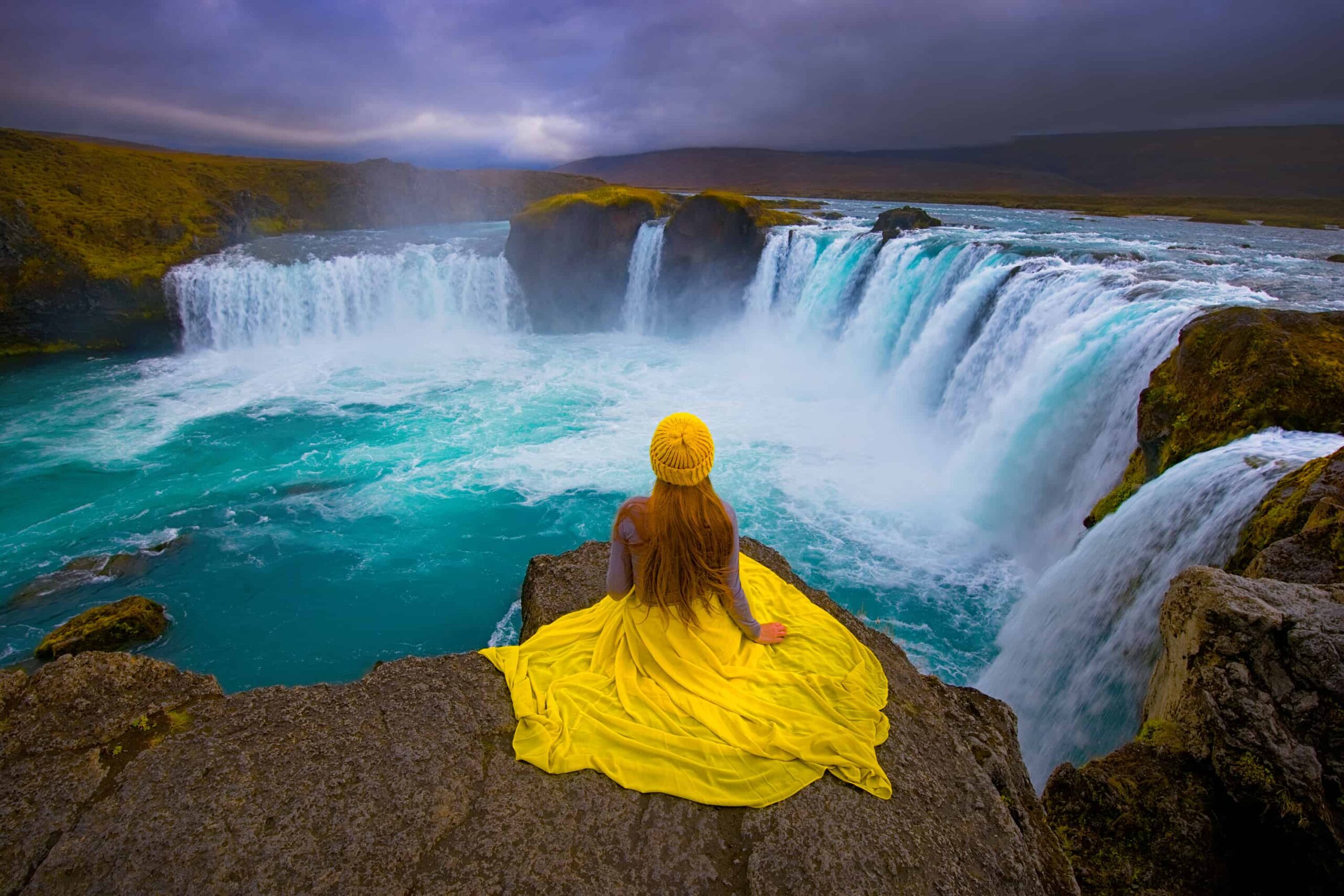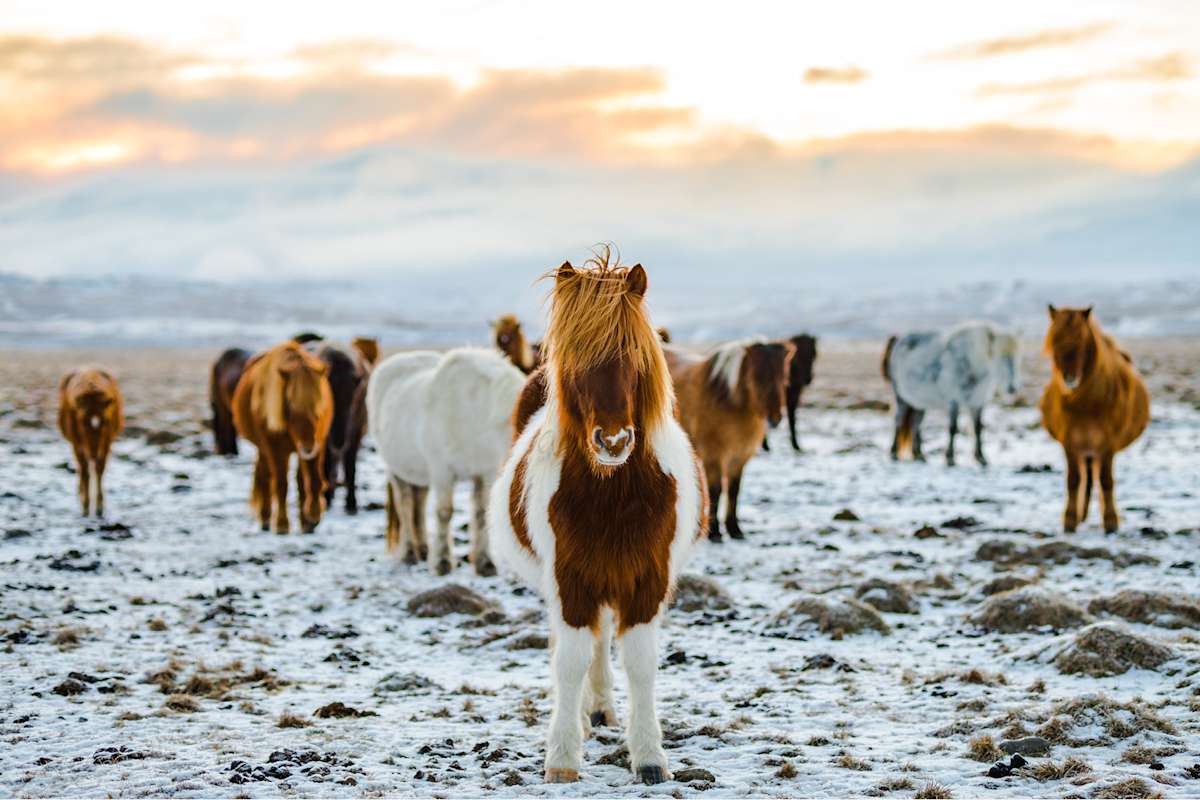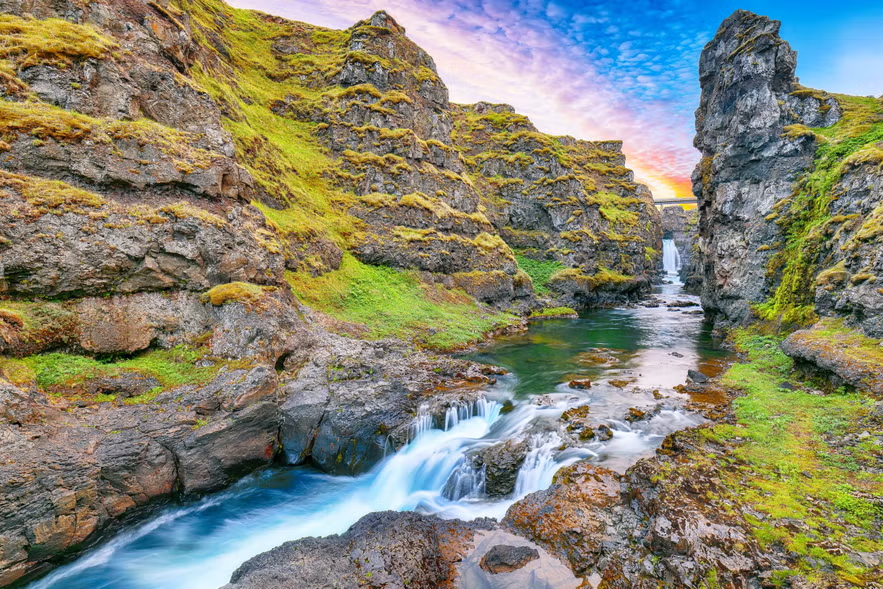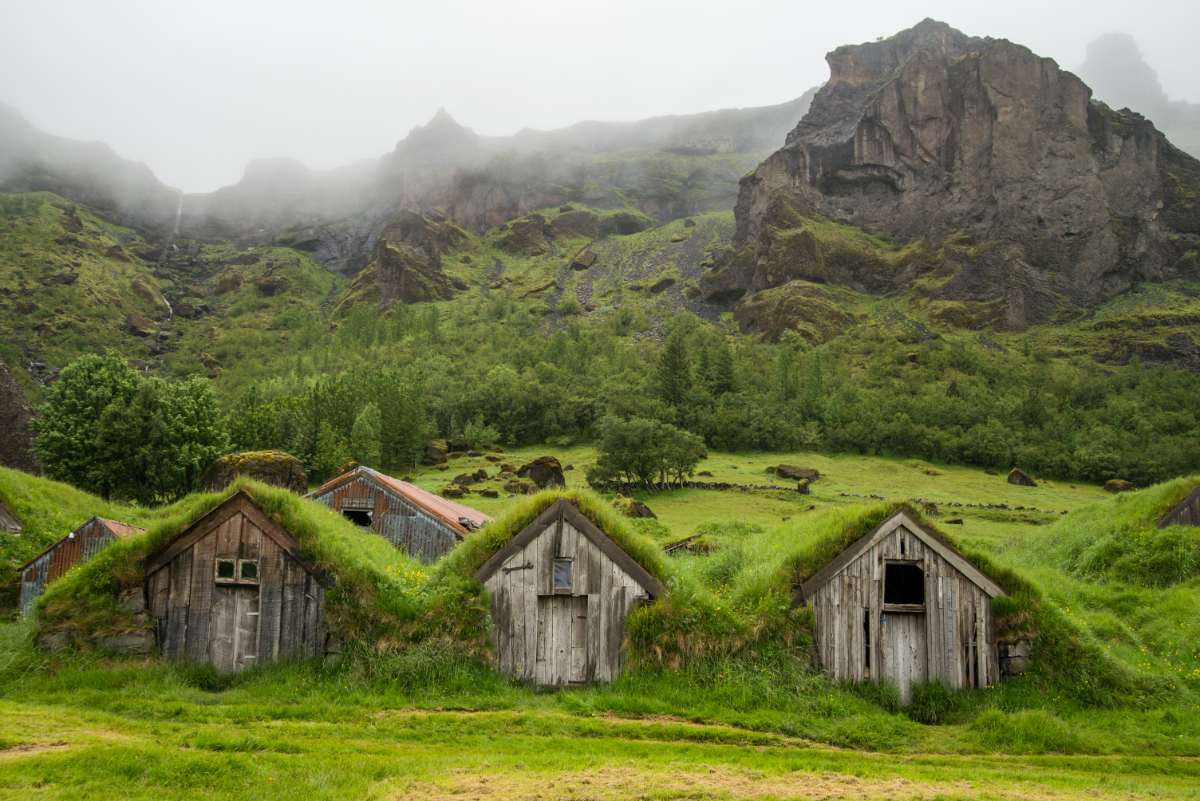Iceland’s Birdwatching Hotspots
Category
Categories
Travel Guide
Type
Glacier Lagoons, Bird Sights
Destination
Vatnajokull national Park
High season
Jun - Aug & Nov - Jan
Area
18 sq km
Outflow
Atlantic Ocean
Popular articles

Northern winds, mythical landscapes, and an extraordinary variety of bird species make Iceland a coveted destination for bird enthusiasts. With its unique positioning on the route of migratory birds and a myriad of pulsating seabird colonies, Iceland offers some of the most rewarding birdwatching opportunities in the world. Join us on a flight through the skies of this island, rich in both natural beauty and avian inhabitants, as you soak in the fascinating sensory world of birdwatching in Iceland.
Lake Mývatn: The Feathered Oasis
Nestled in the heart of northern Iceland, Lake Mývatn is a glittering oasis teeming with a diverse array of bird species. Brimming with aquatic insects and rich plant life, the lake lures thousands of waterbirds to its shores making it a perfect birdwatching destination.
What makes Lake Mývatn unique is its geothermal energy, keeping parts of it ice-free during winter attracting rare species like Barrow’s goldeneyes. The region is a symphony of squawking and flapping wings, with the echoes of migratory ducks such as harlequins and long-tailed ducks blending harmoniously with the gentle lapping of lake waters. Mývatn also hosts one of the largest populations of nesting ducks globally.
Historically, the lake was important for local farmers who gathered eggs and eiderdowns; an age-old tradition still practiced today. The Mývatn nature baths, a hot spring lagoon nearby, is an excellent rejuvenating retreat post your visit to Lake Mývatn.
Látrabjarg Cliffs: The Avian Citadel
Lined with a dramatic 14-kilometer stretch of cliffs, Látrabjarg in the Westfjords of Iceland is Europe’s largest bird cliff. Home to millions of seabirds, it is a spectacle of life and sound. You can hear the cacophony of squawking seabirds nesting on the cliffs and feel the breeze carrying the salty tang of the sea intermixed with the scent of seaweed while the grandeur of the cliff leaves you in subtle awe.
The cliff is best known as the dwelling place of the endearing puffins where they nest precariously at the edge. These whimsical birds are famously unafraid of human beings, making it possible to observe them in their natural habitat up close.
Historically, Icelanders have trekked to Látrabjarg for egg and bird hunting, crucial for their sustenance during harsh winters. It is advisable to turn to guided tours to safely navigate the steep path and respect the wildlife.
Ingólfshöfði Cape: The Puffin’s Paradise
In the secluded confines of the southeast coast lies Ingólfshöfði Cape, a nature reserve regally perching atop a 76-meter-high sea cliff. Home to thousands of birds, it becomes an enchanting realm of puffins during summer.
You can spot puffins engaging playfully in their ‘billing’ ritual, their brightly colored beaks touching in a heartwarming display of avian affection. Ingólfshöfði’s exclusivity lies in its inaccessibility, thereby acting as a safe haven for the birds. The only way to access it is a tractor-pulled hay cart through a black sand desert, adding to the thrill of your adventure.
Saga enthusiasts will find the Cape intriguing as it’s named after Iceland’s first settler, Ingólfur Arnarson, who spent his first winter here.
Vestmannaeyjar: The Home of Storm-Petrels
Vestmannaeyjar or the Westman Islands boasts the world’s largest Atlantic puffin colony, but it’s also the nesting ground for 1.5 million pairs of storm-petrels. Come nightfall, the islands echo with the high-pitched calls of these nocturnal birds, making it a melodiously eerie experience.
Drawn from folklore, the islands add a dash of cultural intrigue as locals believe that elves inhabit the area. It is recommended to visit during August for the annual ‘puffin kids’ tradition where children rescue misguided pufflings that wander into town.
Conclusion:
Indulging in birdwatching in Iceland isn’t just about spotting several bird species; it’s about experiencing the pristine landscapes, understanding its historically-rich culture, and feeling a profound connection to nature. Whether you’re an avid birdwatcher, an amateur ornithologist, or someone seeking a unique travel experience, Iceland’s birdwatching hotspots beckon with promises of adventure, tranquility, and a true immersion in the fantastical wild beauty of Iceland. So, get your binoculars ready, brush up on your bird-spotting skills, and prepare for a delightful sojourn in the land of fire and ice. Let the birdcalls guide you through the mystical landscapes, and who knows, you may have your own Icelandic saga to narrate at the end of it all!

